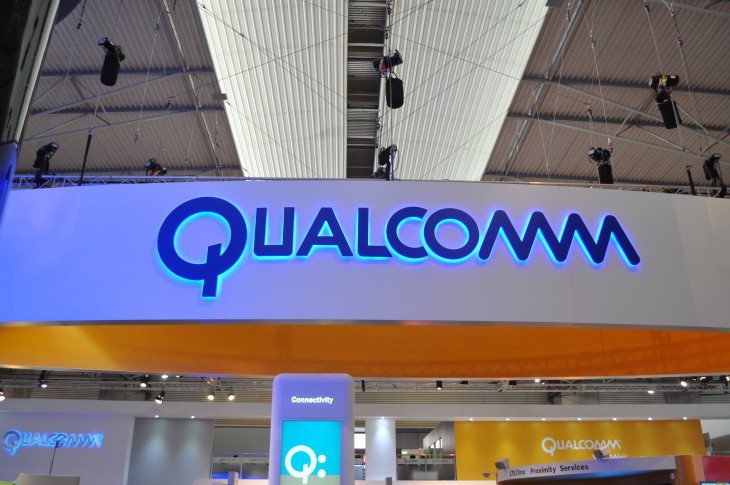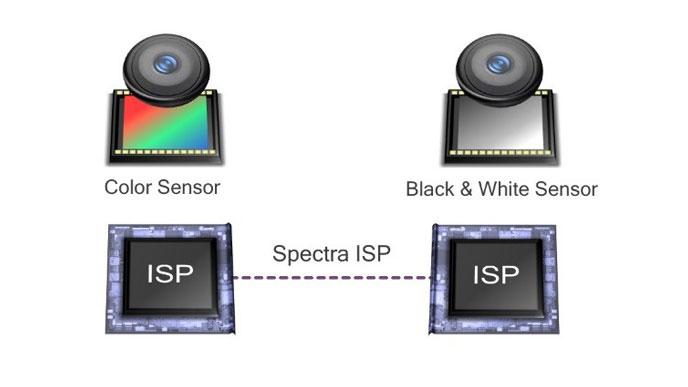The Huawei P9, LG G5 and V20 and even the newly announced iPhone 7 all have a dual-lens camera setup. While it’s not standard as yet, the future path of cameras seems clear that dual-cameras could be a growing thing. To help with this, Qualcomm has announced a new technology called Clear Sight.

Clear Sight is built as a digital equivalent of the human eye which uses rods and cones to capture light. What are Rods and Cones? They’re receptors in your eye that capture light, Cones capture the colour in well-lit environemnts, while rods get all the low-light duties but they don’t capture a lot of colour.
Clear Sight, with the help of their Spectra ISP (image signal processor) translates all this information between two images sensors, making a single image using all the available information.
Qualcomm has built the ISP for the Snapdragon 820 and Snapdragon 821 processors and you’ll obviously need dual-cameras on your phone. There doesn’t appear to be any devices using the Clear Sight technology at this stage, but it looks liek it could be a good step up.






It has nothing to do with the existing dual cameras on phones (since one sensor is colour and one B&W in their design, with the same focal length). The dual cameras on existing phones have different focal lengths, to allow wide angle. They then combine (using their silicon, natch) to reduce noise. Doesn’t seem to do anything about resolution, though the dynamic range might increase a bit. However, provided you are talking about a static scene you are probably going to do better by quickly capturing multiple frames. By stacking you can push the the noise down, dynamic range up,… Read more »